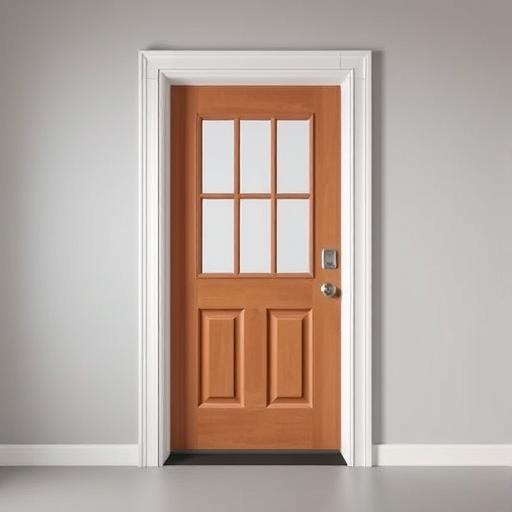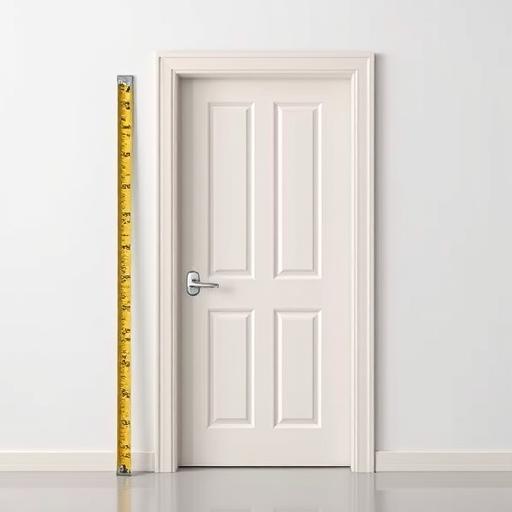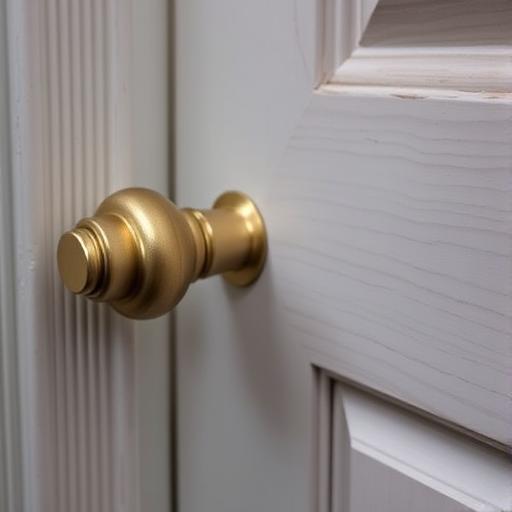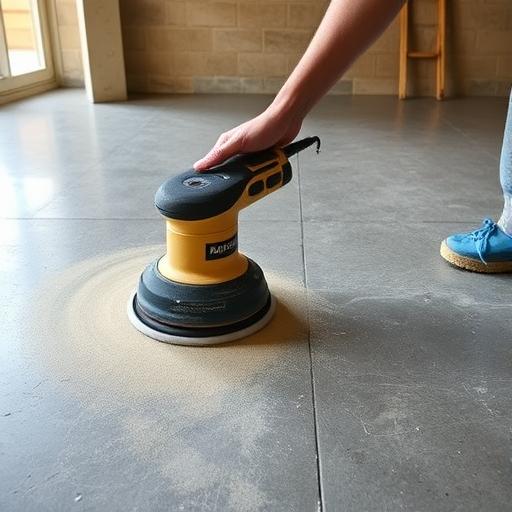How to Measure for a Storm Door
A storm door is a practical and stylish addition to your home, offering extra protection from the elements while improving energy efficiency. However, to ensure it fits perfectly and functions as intended, accurate measurements are essential. Whether you’re installing a hinged, sliding, or bi-fold storm door, taking the time to measure correctly can save you from costly mistakes and ensure a seamless installation. This guide will walk you through the process step by step, helping you avoid common pitfalls and achieve a professional-looking result. Let’s dive in and explore how to measure for a storm door like a pro.
Tools and Materials Needed for Measuring
Essential Measurement Tools
Before you begin, gather the right tools to make the process smooth and accurate. You’ll need a tape measure, a notepad, a pencil, and a level. A helper is optional but recommended, especially for larger doors or tricky measurements. A level is particularly important to account for sloped thresholds or uneven door frames, which can affect the final fit of your storm door.
Preparing the Door Area
Clear the doorway of any obstructions, such as plants, furniture, or decor, to ensure you have full access to the area. Make sure the existing door is closed and in its normal operating position. This step helps you get accurate measurements and prevents any interference during the process.
Step-by-Step Guide to Measuring a Storm Door
Measure the Width of the Doorway
Start by measuring the width of the doorway from the outside of the hinge side to the outside of the strike side. Take measurements at the top, middle, and bottom of the doorframe. Use the smallest measurement to account for any sloping. For sliding doors, subtract 1/8 inch for clearance. For hinged doors, add 1/2 inch to ensure proper operation.
Measure the Height of the Doorway
Next, measure the height from the floor to the top of the doorframe at the left, center, and right sides. Use the smallest height measurement and subtract 1/8 inch for clearance. If your threshold is sloped, adjust the height measurement accordingly to ensure the door fits snugly.
Measure the Depth of the Door Frame
Determine the thickness of the existing door frame from the interior to the exterior. This measurement is crucial for selecting the correct type of storm door, such as a slab or panel. Subtract 1/4 inch to allow for adjustable hardware or gaps that may be needed during installation.
Check for Square
Use a level or take diagonal measurements to ensure the door jamb is square. If it’s not, adjust your width or height measurements to compensate. A square doorframe ensures your storm door will operate smoothly and fit securely.
Determine Door Swing Direction
To identify the door’s swing direction, stand outside the door and note which side the hinges are on. A left-hand swing has hinges on the left, while a right-hand swing has hinges on the right. This information is essential for selecting the correct storm door and ensuring proper installation.
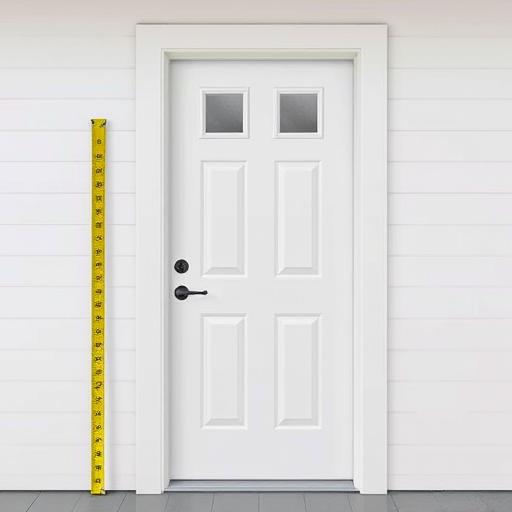
Common Mistakes to Avoid When Measuring for a Storm Door
Ignoring the Threshold Slope
One of the most common mistakes is not accounting for sloped thresholds in height measurements. This oversight can lead to gaps or improper sealing, reducing the door’s effectiveness.
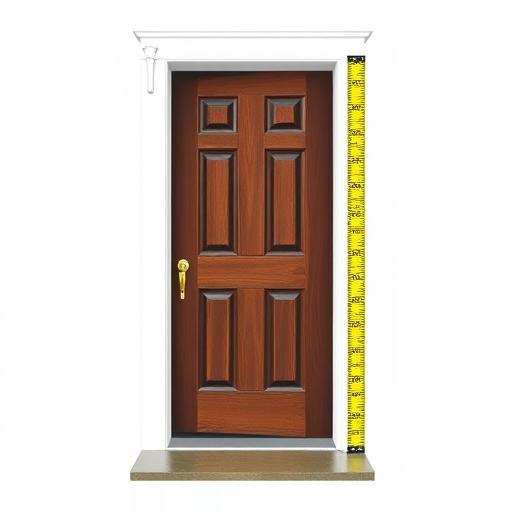
Measuring Only One Side
Taking only one width or height measurement can result in an ill-fitting door. Always measure at multiple points and use the smallest dimension to ensure accuracy.
Forgetting to Account for Clearance
Clearance is crucial for smooth door operation. Neglecting to leave space for movement can cause the door to bind or not close properly.
Misidentifying Door Swing
Incorrectly identifying the door’s swing direction can complicate installation and affect functionality. Always double-check the hinge position before finalizing your measurements.
Additional Considerations for Optimal Storm Door Fit
Existing Door Hardware
Ensure the storm door is compatible with your current locks, handles, or hinges. This compatibility simplifies installation and maintains a cohesive look.
Type of Storm Door
Different types of storm doors, such as hinged, sliding, or bi-fold, have specific measurement requirements. Be sure to follow the manufacturer’s guidelines for the type you choose.
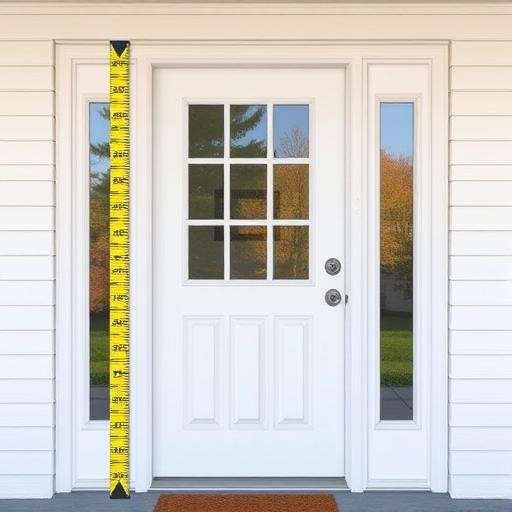
Exterior and Interior Obstructions
Check for items like door stops, window frames, or trim that may affect the storm door’s fit. Addressing these obstructions beforehand ensures a seamless installation.
Finalizing Your Measurements
Summarize your key measurements, including width, height, depth, squareness, and swing direction. Double-check all dimensions before purchasing your storm door. If you’re unsure about complex adjustments, consult a professional to ensure a perfect fit.
Conclusion: Why Precision Matters for Your Storm Door
Accurate measurements are the foundation of a successful storm door installation. They ensure energy efficiency, durability, and a polished aesthetic. By taking your time and following this guide, you’ll avoid common mistakes and achieve a professional result. Share your experience or ask questions in the comments—we’d love to hear from you!
FAQ Section: Frequently Asked Questions About Measuring Storm Doors
What if my width or height measurements vary slightly between top, middle, and bottom?
Use the smallest measurement to ensure the storm door fits securely, especially if the doorframe is uneven.
How do I determine the correct door swing direction?
Stand outside the door and check which side the hinges are on. Left-hand swing has hinges on the left; right-hand swing has them on the right.
Do I need to measure the threshold when installing a storm door?
Yes, measuring the threshold is essential to adjust height measurements for slopes and ensure the door seals properly.
Can I measure a storm door by myself?
While it’s possible, having a helper is recommended to hold the level or verify measurements for accuracy.
What if the doorframe isn’t square?
Adjust your measurements to the smallest dimension. Some storm doors include shims to compensate for minor unevenness.

